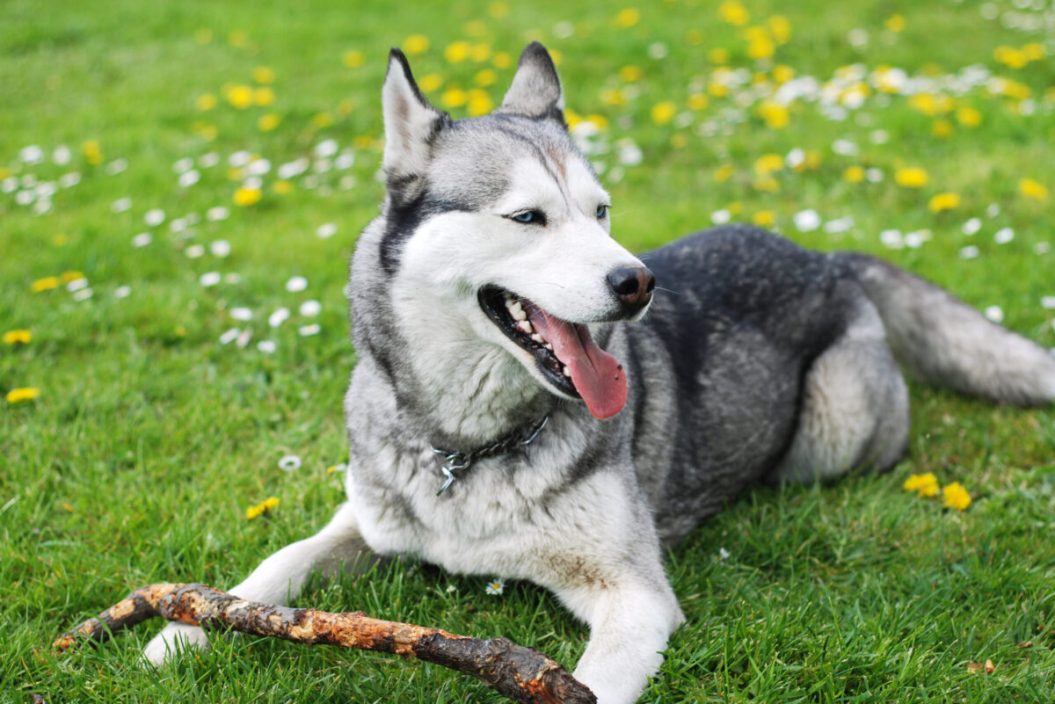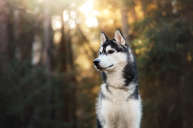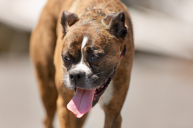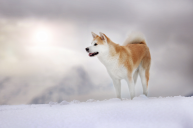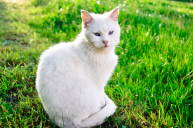Siberian huskies are one large dog breed that practically shouts, "Bring on the cold!" Many people automatically picture these adorable pups frolicking in the snow or pulling sleds through the Arctic. That's what they were bred for, after all! Huskies are strong, fast, and can pull a heavy weight across a long distance. One of the most famous huskies, Balto, reportedly traveled across Alaska to bring much-needed medicine to townspeople struggling with an outbreak of diphtheria. While that trip was certainly daunting, the cold-weather journey was no match for a husky.
We know that these double-coated dogs thrive in frigid temperatures—but can huskies live in hot weather? Of course they can. Dogs can adapt to different climates, even if they hail from one that is the polar opposite. (Pun intended!) Pups have the unique ability to regulate their own body temperature, so the undercoat that keeps them warm in cold temperatures will actually keep them cool during the warmer months.
Between their adorable faces and hilarious personalities, huskies are pretty popular pups. Since they're not bound exclusively to colder climates, huskies can live just about anywhere in the United States—even if it's hot year-round. However, it's important for husky owners to know how to keep their dogs healthy. Hot days can be dangerous for any pup and lead to overheating and dehydration. Keeping your husky safe and cool can make any climate the perfect home.
Signs of Overheating in Huskies

Even though husky pups can live in any climate, pet parents need to look out for signs of heatstroke when hot weather hits. According to the American Kennel Club, dogs will become overheated if the temperature rises over 102 degrees Fahrenheit. To cool down, dogs will start panting. However, they can reach a point where they will not be able to cool down if relief is not provided. Watch for these signs of overheating:
- Labored breathing
- Excessive drooling
- Extreme panting
- Bright-red gums and/or tongue
- Rapid heart rate
- High body temperature
- Excessive thirst
Dehydration will begin to set in, and your dog may begin to gasp for air. His saliva will get thicker. Your pup may also have diarrhea and vomit. Dogs who reach this stage of heatstroke are in extreme danger and need professional help immediately.
How to Keep Your Husky Cool
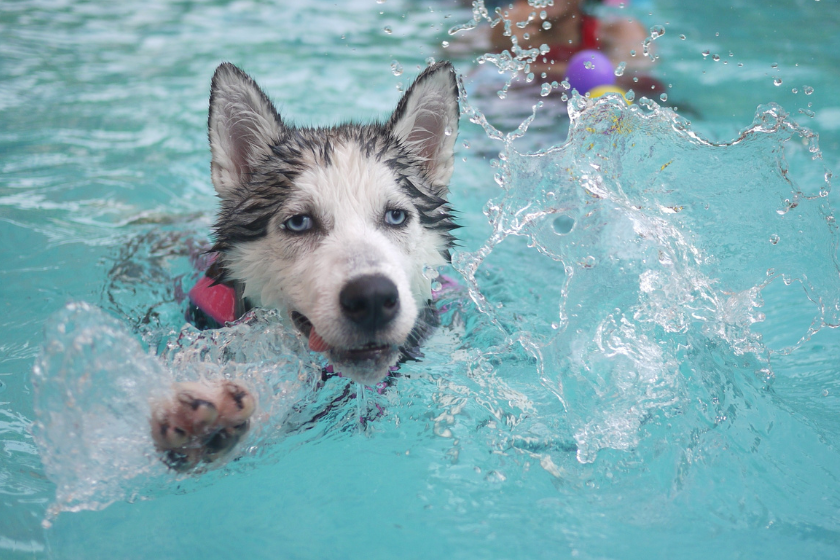
- Keep it chill. Dogs need to drink a lot of water to stay cool in warmer climates. So make sure your pup has unlimited access to cool water at all times. If their water becomes too warm, throw a few ice cubes in to keep it chilled for longer.
- Be wary of UV rays. The outer layer of a Husky's coat, known as a guard hair coat, originally kept them safe from snow and ice—but it can also protect them from sunburn. However, all dogs can only handle so much direct sunlight. Much like their humans, UV rays can be harmful to pooches.
- Splash and swim. Water-loving pups will love having their own kiddie pool or splash pad in the backyard. It's a fun way to get some energy out and can help keep them cool all at the same time. You can also use wet towels as a way to ensure your husky stays cool if they will tolerate laying down on them or having it draped over their shoulders.
- Become a morning person. If you typically like walking your pup in the middle of the day, you will need to adjust your schedule. In hot places, dogs should be walked in the early morning or in the late evening. Not only is the temperature outside hot during the day, but the pavement may also be too hot for your husky's paws. Always avoid taking your pup outside during the hottest part of the day.
- Keep outdoor play brief. Your husky doesn't have to be a puppy to want to play all the time. However, try to limit outdoor playtime as much as possible when it's hot outside. Once your dog comes back inside, have them relax in the air conditioning to lower their body temperature.
How do you keep your pups cool? Tell us on our Wide Open Pets Instagram!
